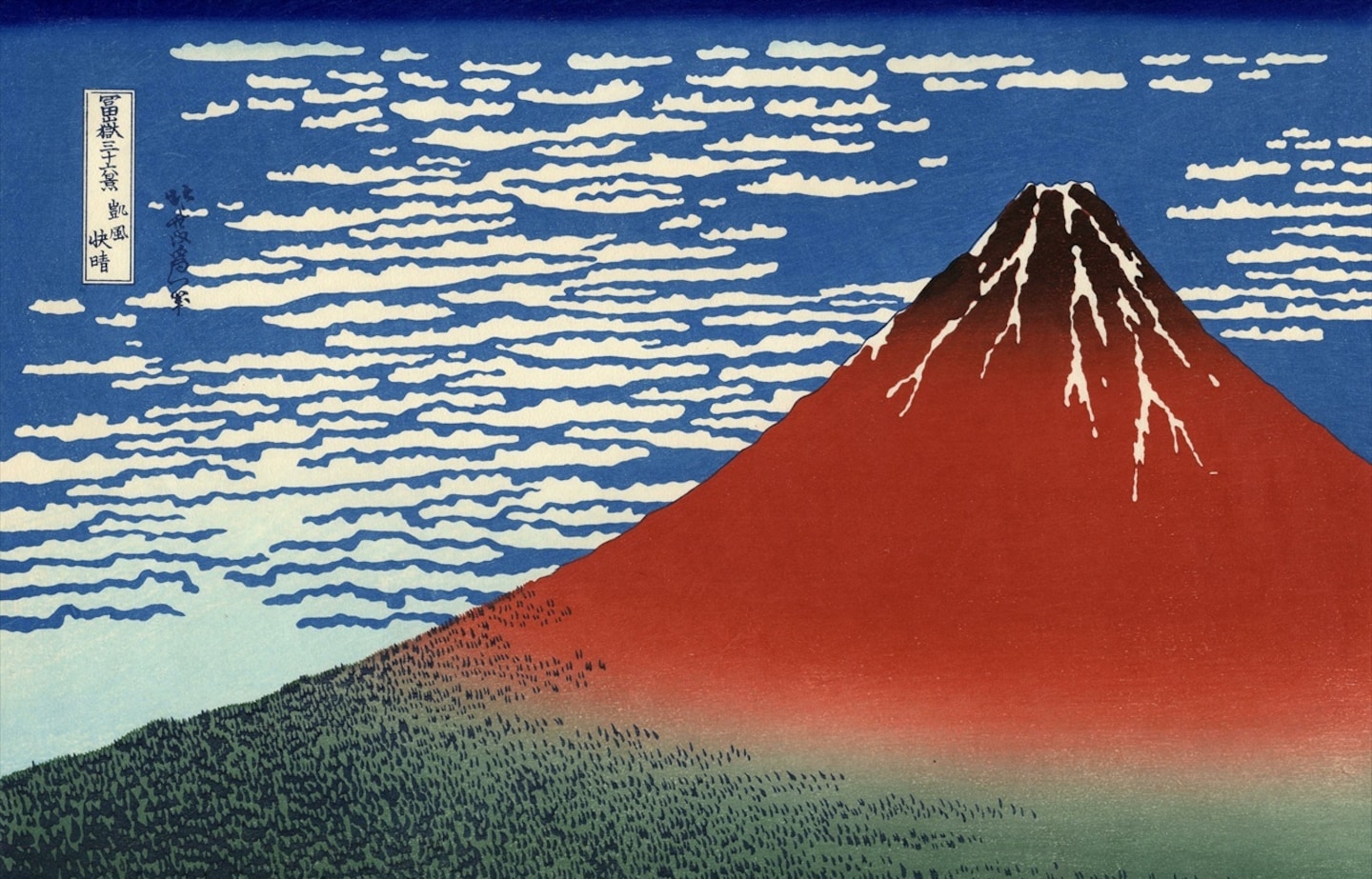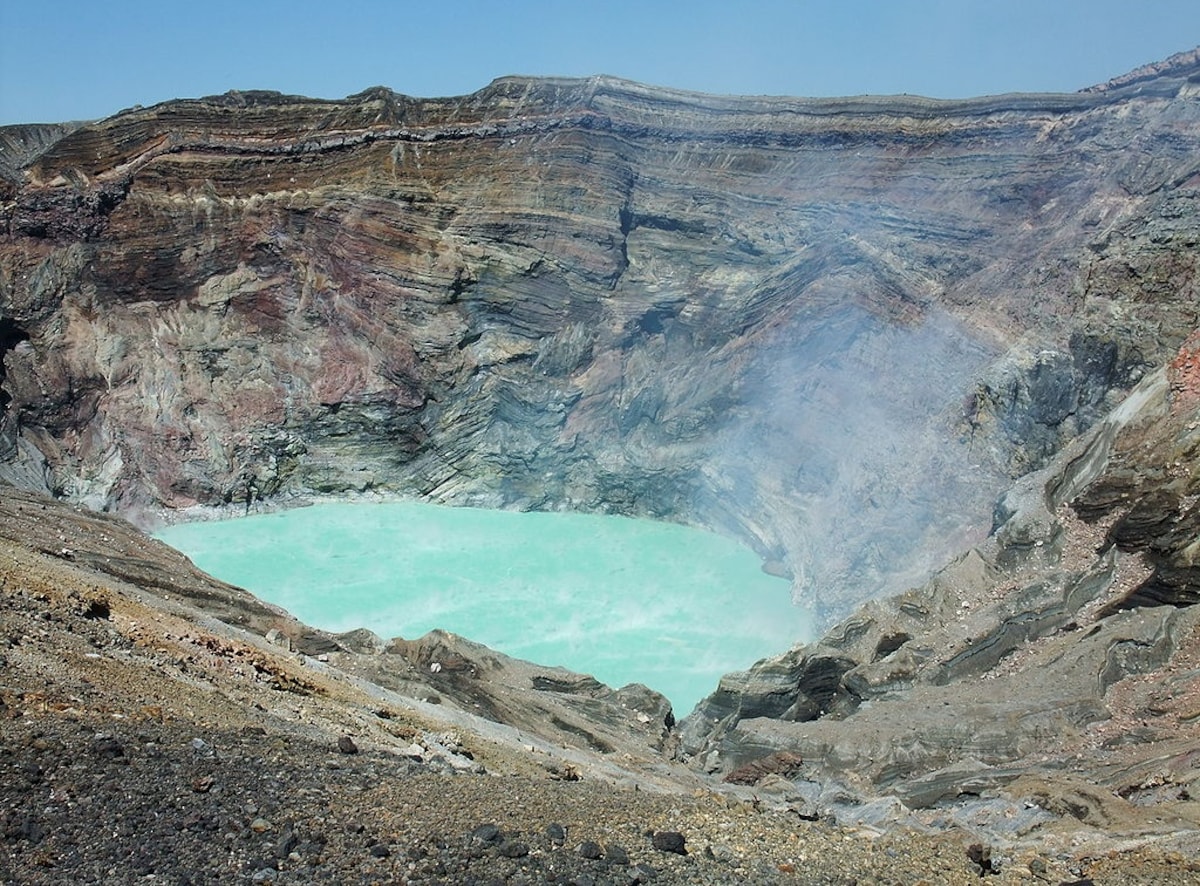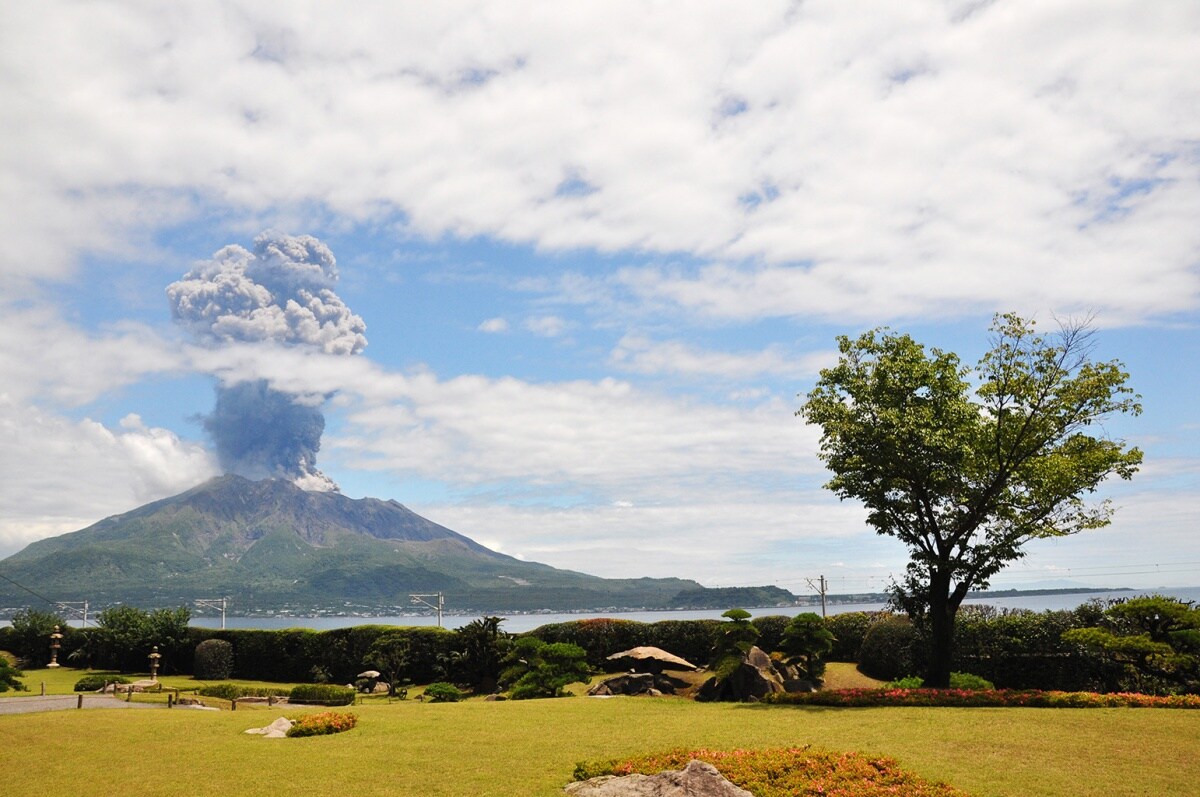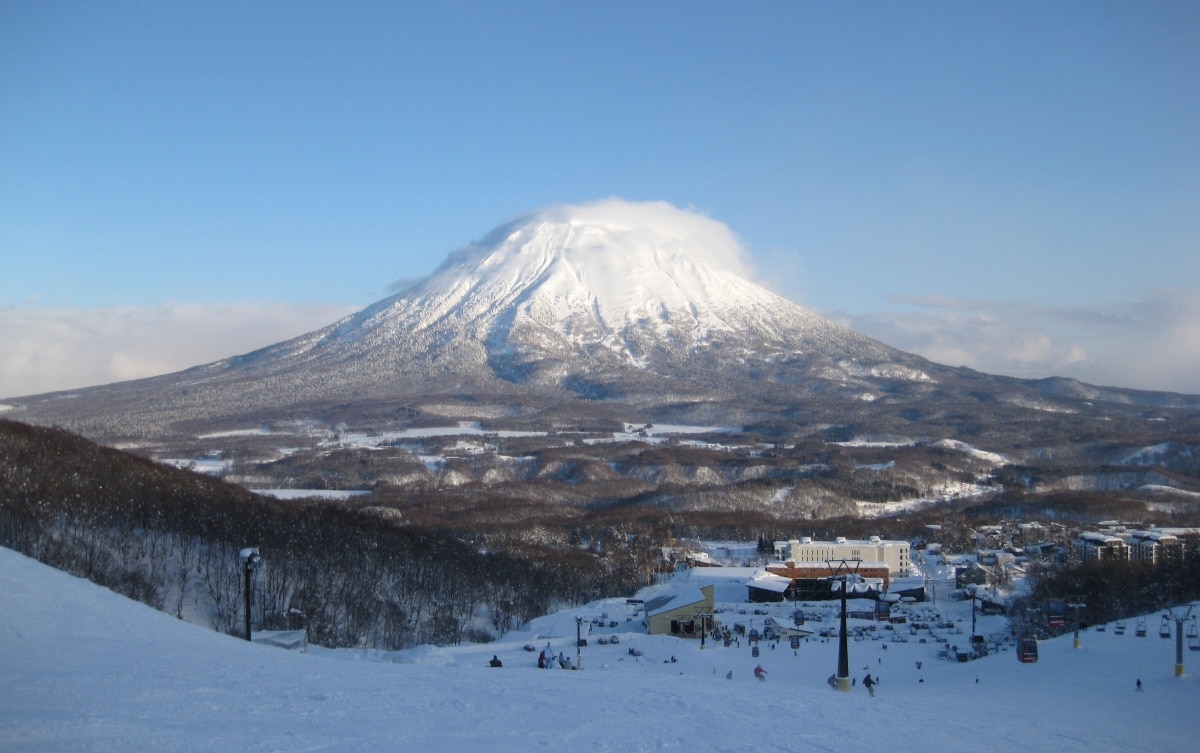Japan's 4 Most Notable Volcanoes

Volcanoes can be devastating. Yet they fascinate us, and continue to attract visitors. Because of its location on the Ring of Fire, Japan has more than 100 volcanoes, making it a top destination for those interested in these powerful symbols of danger and beauty.
By Flo4. Mount Aso (Kumamoto)—The Hulk

https://upload.wikimedia.org/wikipedia/commons/thumb/3/3b/Mount-Aso-Naka-dake.jpg/1024px-Mount-Aso-Naka-dake.jpg
Mount Aso is Japan’s largest volcano and comprises five separate peaks that represent the outer perimeter of what was once a single mega-volcano some 70,000 years ago. Of the five current peaks, Mount Naka is considered the most popular among visitors as its crater is accessible by ropeway and toll road.
It's located in Kumamoto Prefecture on Kyushu, and has been exhibiting pronounced activity since September, 2015 (Check up-to-date warnings and climbing restrictions here). Mount Aso's caldera has a circumference of 120 kilometers (75 miles)—so vast that the crater is home to not only the city of Aso, but also the town of Takamori and the village of Minamiaso, as well as two noted hot springs associated with Aso Kuju National Park.
3. Mount Sakurajima (Kagoshima)—The Firecracker
Sakurajima is no doubt Japan’s feistiest volcano. It's almost always smoking and often has multiple minor eruptions in a day. Its most notable eruption was in 1914, when a phenomenal amount of lava flowed and subsequently hardened to form land—essentially the story of how Mount Sakurajima transformed from an island into a peninsula. It's located in Kagoshima Bay on the southern end of Kyushu.
2. Mount Yotei (Hokkaido)—The Shy & Distant Twin
Mount Yotei is nicknamed “Ezo Fuji” because of its resemblance to Mount Fuji (Ezo is the old name for Hokkaido). Although not as popular among international tourists, many Japanese people hike Mount Yotei during the summer, and some brave skiers and snowboarders even do backcountry tours on the stratovolcano during the winter. Its last eruption was in 1050 BC, so if you're thinking of taking on its slopes, consider yourself safe from volcanic activity. The mountain's located in Hokkaido, Japan's northernmost island, within sight of the renowned Niseko ski area.
1. Mount Fuji (Shizuoka & Yamanashi)—The Prom Queen
With the five lakes that surround it, its snow-capped symmetrical cone and an abundance of natural flora and fauna in the area, it's hard for Mount Fuji not to top the list as Japan’s most beautiful volcanoes. Artists have long drawn inspiration from Mount Fuji, probably the most famous of which is the “Thirty-six views of Mount Fuji” by ukiyo-e artist Hokusai. Mount Fuji is also Japan’s highest mountain at 3,776 meters (12,388 ft), and countless travelers attempt to climb to its peak in the summer every year. It straddles the border of Shizuoka and Yamanashi Prefectures. While the iconic peak last erupted in 1707, experts warn that it's overdue for a strong eruption.




